The rapid evolution of artificial intelligence, robotics and other emerging technologies brings immense promise to transform business. However, it also poses the understandable concern that machines may displace the need for human work. The truth lies somewhere in the middle – automation will disrupt certain roles, while creating new kinds of work and augmenting existing jobs. Business leaders who plan thoughtfully can steer their workforce through this change successfully.
The Dual Potential of Automation
Automating tasks through technological means like AI, robotic process automation (RPA) and advanced analytics offers clear advantages for efficiency, quality and capability. Software and machines can perform high-volume, routine cognitive and manual work without fatigue. They enable new levels of personalization, insight and optimization using vast data.
However, critics rightly warn these technologies could also render many roles redundant if deployed hastily without care for impacts. Transitioning the workforce would be painful given currently limited support systems. Workers fear talent augmentation morphing into full replacement.
Navigating this tension thoughtfully recognizes both sides’ merit. The prudent path applies automation judiciously based on context – enhancing productivity but not dehumanizing operations. This maintains economics while earning employee trust.
Examining Functions Facing Disruption
Many categories of work will face increasing automation, requiring companies to assess impacts and plan ahead:
- Repetitive physical labor is vulnerable as robotics costs decrease and capabilities rise. While manufacturing is most discussed, robots will penetrate warehouses, kitchens and other spaces.
- Basic data processing and collection will steadily shift to algorithms as RPA handles form filling, reporting, invoicing, auditing and inventory management reliably 24/7.
- Routine customer interactions from call centers to cashiers will occur via conversational agents, kiosks and apps more often, with humans handling exceptions.
- Analysts across finance, marketing and operations will be augmented by AI processing far more data, running simulations, generating basic reports and spotting anomalies faster than any team.
- Creative functions like design, writing and composition will utilize generative AI support for rote work while humans focus on nuanced judgment and relationships.
However, prediction remains difficult. Complementary capabilities between people and technology often emerge to create new roles. Leaders should scenario plan while retaining flexibility.
Building Worker Opportunity
Constructively integrating automation need not displace jobs. With proactive management, technology can augment talent:
- Automate narrowly-defined tasks, not whole roles. Maintain opportunities for judgment, growth and meaningful variety.
- Develop adjacent skills like overseeing automated workflows, exceptional case handling, quality assurance. Highlight hybrid roles.
- Allow self-determined use. Avoid forcing automation onto reluctant users. Maintain discretion over when to use it.
- Diversify training. Apply savings from automation to build workers’ broader capabilities ahead of the curve.
- Share gains. Compensate employees for productivity increases. Reinvest a portion in upskilling.
- Focus retention on uniquely human strengths like creativity, empathy and relationships. Hire and reward based on these.
- Pilot new models like profit sharing where technology generates value. Align incentives.
With vision, companies can guide automation to enrich jobs and lives. Technology should not determine fate, but reflect collective values. Leaders play an essential role in writing this story positively.
Preparing for the Future of Work
Automation necessitates adaptation. But framed proactively, these shifts can provide opportunity:
- Job descriptions will increasingly prioritize unique human talents even as some tasks are automated. This raises strategic questions on core differentiators.
- Hybrid human-AI teams will become more common. Developing that collaboration and coordinating workflowssmoothly will be key.
- New kinds of roles will emerge at the intersection of technology and people. Companies should explore fresh combinations.
- Reskilling and cross-training will be ongoing necessities. Training budgets must grow and integrate automation.
- Worker priorities like creativity, service and problem-solving will grow. Management should tailor cultures and incentives accordingly.
- External partnerships via on-demand freelancing platforms may play bigger roles. Explore models thoughtfully.
- More varied career paths will emerge as linear ladders disappear. Job rotations, project assignments and matrixed roles will proliferate.
Rather than just reacting to each new automation, wise leaders can take an opportunity mindset. Steering change in service of shared aims breeds positive outcomes.
Realizing Human-Centric Automation
Automation holds immense potential. But thoughtfully guiding its integration remains essential to enhancing work.
With ethics, purpose and care, we can navigate this transition fruitfully. By maintaining human dignity and potential at the center, companies can evolve workforce models for the future.
The path ahead promises many unknowns. But our collective trajectory depends on synthesizing automation’s efficiency with enduring human values. Leaders play a pivotal role in writing this story with wisdom. By embracing this challenge creatively, we can uncover new opportunities. The future remains undetermined – and that is what makes it ours to shape.




